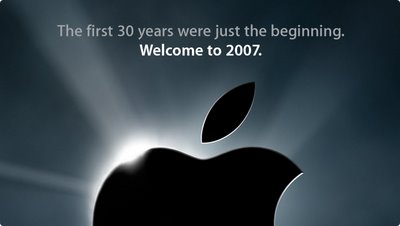Rumours were flying everywhere in the past week about what would be announced at today Apple media event, with even the
Washington Post weighing in, along with confirmation from
DigiTimes shortly afterwards.
They were right, and Apple today released a new fat
video enabled iPod nano (just like the various leaked photos around the net suggested they might), and of course, the new WiFi enabled touchscreen
iPod touch.

I was a little out of the loop today actually, since I was on a plane all the way from Toronto to Dallas and then on to Tucson. Not wanting to completely miss everything, I dropped by the Tucson
La Encantada Apple Store to check out the new iPods. It was there I was told that Apple in fact had released a touch screen iPod, and to my surprise, it had the WiFi, Safari, and 16 GB some of us (realistically) hoped for in such a beast. But alas, it won't be released for a few more weeks. I hung around and played with the iPhone for a little while longer and left.
It was not until I returned to the hotel did I realize that the $599 advertised price in-store for the 8 GB iPhone was wrong. Apple managed to annoy bazillions of its customers who had bought the iPhone just a few weeks before, by dropping the price a whopping one-third to $399 today, the same price as the 16 GB iPod touch. (Then again, they'll gain a bazillion more customers with the new price point too.) However, I'm glad I didn't know about that price drop today, since if I had known, I might have dropped the coin for the iPhone right then and there.
Why is it good I did not get the iPhone today?
A) For me, a video iPod of 8 GB is too anemic. Even 16 GB in the iPod touch is anemic, but at least it is tolerable. IMO 32 GB would be much more practical and 64 GB would be ideal, but 16 GB is at least a start. (For those complaining about the lack of a hard drive, I truly think the hard drive is an anachronism for portable music/video players, but for those who insist on a hard-drive based player, Apple now offers the
iPod classic with up to 160 GB space.)
B) I live in Canada. Hacking methods to get a US iPhone to work would cost upwards of $100 or more to get, assuming I'd even be able to get my hands on an effective hack that doesn't void the iPhone's warranty. Those
Czechs are completely sold out...
C) I have a cell phone with a better camera than the iPhone's. One of the main reasons I bought my particular phone was because of its camera. However, the iPhone's camera seems good enough for most quick and dirty photos.
OK, so now I wait for the iPod touch. However, even disregarding the anemic 16 GB storage space, there are some curious oddities about the unit, in classic Apple fashion:
1) Like I said, it has no camera. Well, I'm not surprised. It's a good cost saving measure to leave out the camera.
2) It has no Bluetooth. I'm not really surprised at that either, considering it has WiFi.
3) It has no email client. One can still likely access webmail through Safari, but it's less slick.
4) It has no Google Maps application. One can still likely access Google Maps through Safari, but it's less slick.
5) It's missing several widgets included on the iPhone.
I am quite surprised that the software features like widgets, Google Maps and email are not present, since they already exist on the iPhone and don't require additional hardware. Perhaps Apple will add some of these with a firmware update later, if we're lucky. It's also missing a speaker and a microphone, but hey, it's not a phone.
On the other hand, the iPod touch is physically smaller, at 4.3" (110 mm) x 2.4" (61.8 mm) x 0.31" (8 mm), compared to the 4.5" (115 mm) x 2.4" (61 mm) x 0.46" (11.6 mm) of the iPhone. The iPod touch also weighs 15 grams less at 120 g. And of course, one doesn't have to hack an iPod touch to get it to work.
Even though I have given you many reasons why I probably will get the WiPod, I think the real winners are the iPod nano crowd. They got the biggest bang for the buck feature upgrade.








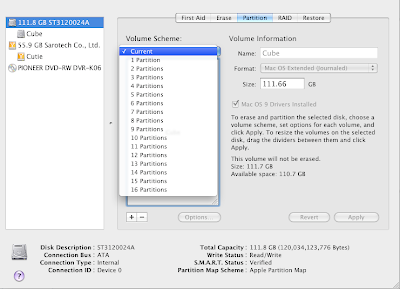
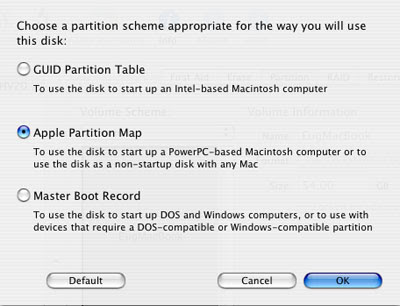
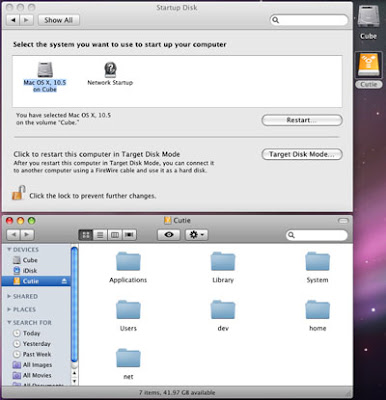
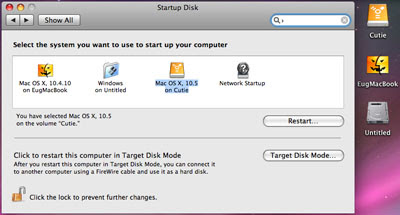

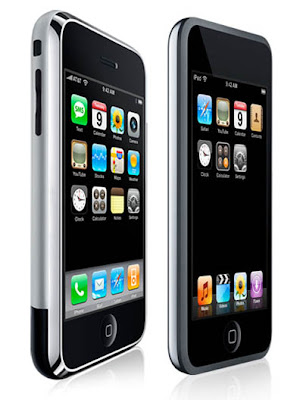







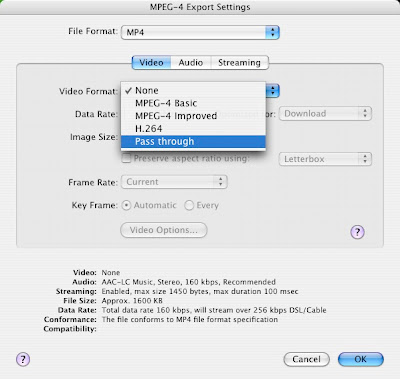
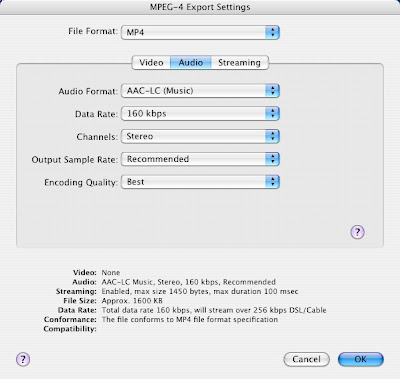
 You can now get a slim-line Blu-ray burner, the Panasonic UJ-215, for your Mac laptop. The good news is that it works natively in OS X, and Toast 8 supports it. The bad news is it costs a whopping US$800. Below are the burn speeds.
You can now get a slim-line Blu-ray burner, the Panasonic UJ-215, for your Mac laptop. The good news is that it works natively in OS X, and Toast 8 supports it. The bad news is it costs a whopping US$800. Below are the burn speeds.


 Intel let it
Intel let it 